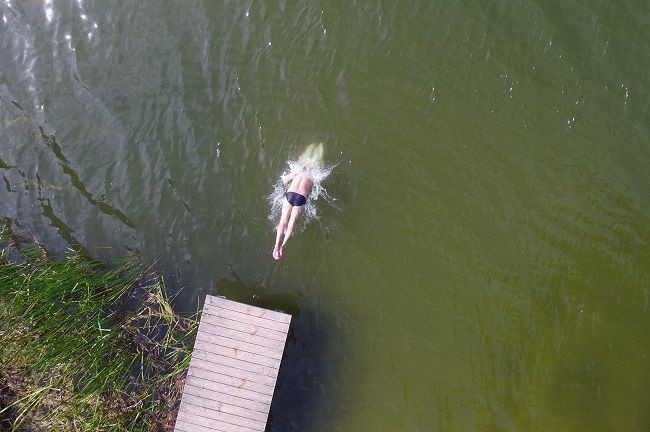What Is 'Brain-Eating Amoeba' Naegleria Fowleri? 8 Facts And How To Avoid It

The height of summer is here and that means trips to rivers and lakes. Seems harmless, right?
For most, yes. But on Thursday, the Florida Department of Health confirmed a case of the brain-eating amoeba, Naegleria fowleri. The single-cell amoeba, which causes a rare and aggressive brain infection, was reported in Broward County in Florida.
Time reported that the infected person — whose name, age and gender were not disclosed — was being treated at a nearby hospital after swimming in unsanitary water on private property.
The reported case comes on the heels of an 11-year old girl who succumbed to a similar infection after swimming in a river in South Carolina on Aug. 7.
So what exactly is there to know about this “brain-eating amoeba” and how can contact best be avoided? After consulting the Centers for Disease Control, this is the information we uncovered.
Read on to find out what Naegleria fowleri is, its symptoms and how to avoid contracting it.
- The single-cell organisms have infected 37 people in the U.S. from 2006 to 2015 and it is almost always fatal. Between 1962 and 2015, only three people out of 138 were reported to have survived the infection.
- The bacteria-feeding amoeba travels up to the brain and destroys brain tissue. The amoeba cause an infection called naegleriasis, also known as primary amoebic meningoencephalitis (or PAM). Ironically enough, drinking water containing the specimens will not lead to infection.
- Initial symptoms have been likened to bacterial meningitis — stiff neck, headache, vomiting and sudden fever. Symptoms can develop over the course of five days to a week. Advanced symptoms include confusion, loss of balance and hallucinations.
- The amoeba can be found in in lakes and rivers — “warm, fresh water” — more commonly found in the southern states. In addition to lakes and shallow rivers, unhygienic swimming pools and even warm hot springs can be ground zero for the amoeba. They can also be found in hot water heaters and in pipes.
- The amoeba infect people by entering the nostrils — so keep your head above water when swimming in freshwater lakes, streams and rivers.
- Several drugs have proven to effectively battle the infection, but only in labs. The drugs have not been proven to be entirely effective in actual cases.
- Two known people who have contracted the amoeba have survived — this was after being treated with a cocktail of drugs including miltefosine.
- The CDC reported that most commonly, infections occur during the summer months, July through September.
© Copyright IBTimes 2025. All rights reserved.






















